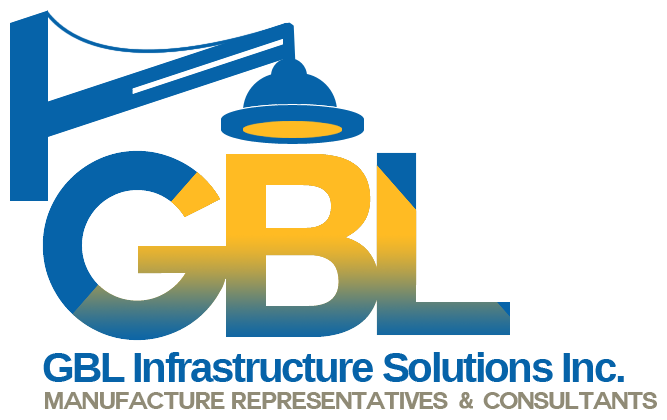5g Smart Poles and Outdoor Lighting Design
The integration of the Internet of Things (IoT) with lighting infrastructure is transforming the way cities operate and interact with their residents. As urban environments continue to grow, the need for smarter, more efficient systems becomes increasingly crucial. By combining IoT technology with outdoor lighting design, cities can create dynamic, interconnected networks that improve energy efficiency, enhance public safety, and support emerging technologies like 5G. This blog explores how integrating IoT with lighting infrastructure, particularly through the use of 5G smart poles and small cell poles, is shaping the future of urban development.
1. What is IoT in Lighting Infrastructure?
The Internet of Things (IoT) refers to the network of connected devices that communicate with each other to collect and exchange data. When applied to lighting infrastructure, IoT enables streetlights, smart poles, and other lighting systems to be connected, monitored, and controlled remotely. This connectivity allows cities to manage their lighting networks more efficiently, reducing energy consumption and maintenance costs while providing enhanced services to residents.
For instance, smart poles 5G are equipped with sensors, cameras, and communication devices that can collect data on traffic patterns, air quality, and even pedestrian movement. This data can be used to optimize lighting levels based on real-time conditions, ensuring that areas are well-lit when needed and dimmed during low-traffic periods to save energy.
2. The Role of Smart Poles in 5G Deployment
Smart poles are becoming an integral part of 5G deployment in urban areas. These poles, often referred to as small cell poles, house the necessary equipment to support 5G networks, including antennas, sensors, and communication devices. By integrating this technology with outdoor lighting design, cities can provide robust 5G coverage without the need for additional infrastructure, reducing visual clutter and maintaining aesthetic appeal.
Smart poles 5G serve multiple purposes: they provide lighting, support 5G networks, and collect data through IoT sensors. This multi-functionality makes them a cost-effective solution for cities looking to enhance connectivity while upgrading their lighting infrastructure. Moreover, the deployment of small cell poles ensures that 5G signals are distributed evenly across urban areas, enabling faster internet speeds and improved communication services.
3. Enhancing Urban Efficiency and Sustainability
Integrating IoT with lighting infrastructure significantly enhances urban efficiency and sustainability. Traditional streetlights often operate on fixed schedules, leading to unnecessary energy consumption during off-peak hours. In contrast, IoT-enabled outdoor lighting design allows for real-time adjustments based on environmental conditions, such as daylight levels, weather, and occupancy.
For example, smart poles equipped with motion sensors can detect when pedestrians or vehicles are nearby and adjust lighting levels accordingly. This targeted illumination not only improves safety but also reduces energy usage, contributing to a city’s sustainability goals. Additionally, small cell poles can monitor environmental factors like air quality and noise pollution, providing valuable data that can inform city planning and public health initiatives.
4. Improving Public Safety and Quality of Life
The integration of IoT with lighting infrastructure has a direct impact on public safety and quality of life. Smart poles 5G can be equipped with security cameras and emergency communication systems, allowing for faster response times in case of incidents. Real-time monitoring of public spaces also deters criminal activity, creating safer environments for residents.
Furthermore, the data collected by IoT-enabled lighting systems can be used to improve urban planning. For instance, analyzing pedestrian traffic patterns can help city planners design safer crosswalks and optimize public transportation routes. The ability to adjust lighting based on real-time data ensures that public spaces are always well-lit, enhancing both safety and comfort for citizens.
5. Future-Proofing Urban Infrastructure
As cities continue to grow, the need for adaptable and scalable infrastructure becomes more pressing. Integrating IoT with lighting infrastructure not only meets current needs but also future-proofs urban environments. Smart poles 5G and small cell poles are designed to accommodate future technological advancements, ensuring that cities can easily upgrade their systems as new technologies emerge.
Moreover, IoT integration supports the development of smart cities, where data-driven decision-making enhances urban living. From energy management to public safety, IoT-enabled outdoor lighting design is a cornerstone of this evolution, providing the foundation for more connected, efficient, and sustainable urban environments.
Learn More About Smart Cell Poles in Your City
Integrating IoT with lighting infrastructure marks a significant advancement in urban development. By leveraging smart poles 5G, small cell poles, and innovative outdoor lighting design, cities can enhance connectivity, improve public safety, and achieve greater sustainability. As we move toward a future where smart cities are the norm, the role of IoT in lighting infrastructure will only continue to grow, offering new opportunities to create more resilient and adaptable urban spaces. Get ahead of the tech curve and contact the experts at GBL today!


















